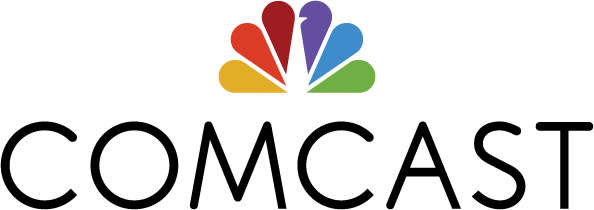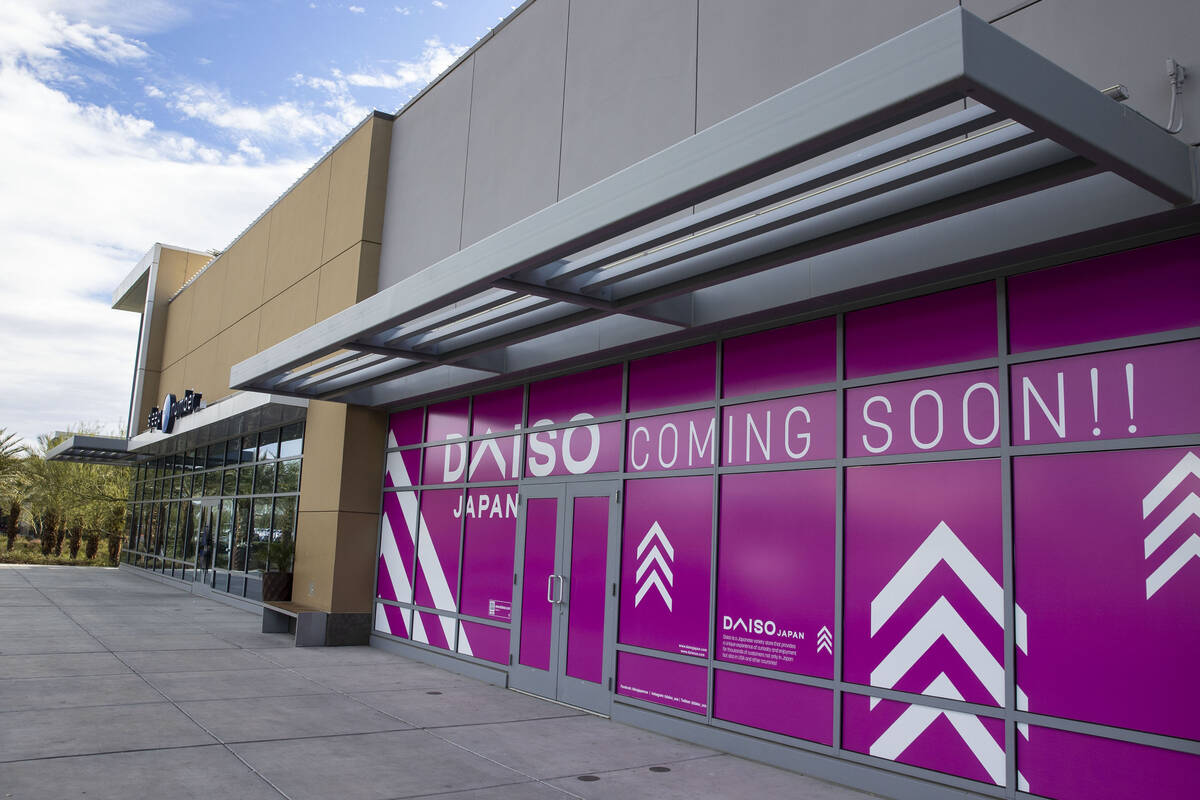Industry executives, as well as state and local officials looking to put bullet trains into service in the United States, spoke out before Congress last week.
The House Committee of Transportation and Infrastructure hosted a hearing Thursday where 12 witnesses from various railroad companies and agencies spoke about what bullet trains could mean for the country.
The hearing was set up in part in response to President Joe Biden’s Employment Act, which includes potential investments in US passenger transportation, which the majority of the witnesses who spoke at the hearing lacked greatly.
“There are a lot of exciting things, but where is the federal government?” said Rep. Peter DeFazio, D-Ore., chairman of the United States Committee on Transportation and Infrastructure. “The Chinese invest over $ 100 billion annually … in their rail system for high-speed trains. What are we (the US) investing? Virtually nothing and if you don’t invest, you get nothing. “
Mike Reininger, Brightline CEO, said the company carefully selects travel markets that are “too short to fly and too far to drive.”
He identified one route that the company is focused on: the proposed Brightline West route between Las Vegas and Southern California. For over a decade, the project was on track to lay the groundwork in 2020 before the company closed a proposed bond offering late last year.
“Brightline West will connect Las Vegas to Los Angeles, which today has 50 million annual trips and over 100 daily flights,” said Reininger. “If you can travel 200 mph on trains – down the I-15 corridor but cut travel time in half – Brightline West expects 11 million drivers a year with a better option.”
Reininger called on federal officials to increase the allocation of private activity bonds – the source of much of Brightline’s funding for the high desert project – from $ 15 billion a year to $ 30 billion a year.
Vocal supporter of the high-speed rail, Rep. Dina Titus, D-Nev., Said she and her colleagues had been working to adjust the limit to allow more projects to be funded.
“We tried to work with the Ways and Means Committee to lift the cap on some of the bonds they applied for for construction here in Nevada,” said Titus.
Titus also drew attention to the job opportunities the Brightline West project could offer in both Nevada and California.
“I see it not just as a tourist train, but also as a business trip, and even some people may commute – live here for tax reasons and commute to work somewhere in California,” said Titus.
As rosy as that sounds, the final estimated price for the average one-way ticket to travel between Las Vegas and Victorville, California would be $ 60. That would not make daily commuting affordable for most, unless private employers were willing to subsidize travel.
Phillip Washington, CEO of the Los Angeles County Metropolitan Transportation Authority, said the project couldn’t come soon enough, noting the more than 10-mile traffic safety that occurs on I-15 southbound on a specific Sunday when the Californians driving home from Las Vegas.
“Yeah, Interstate 15 is awful,” Washington said.
Washington said the projected 10.8 million passengers per year for the Brightline West project was a real number, and not just a bloated data point being brought to market by the developer.
Plans for the Brightline West rail line include a station in Victorville and extensions to Rancho Cucamonga and Palmdale, California. These would then tie into Union Station in downtown LA and open the rest of California to passengers.
Washington said officials had spoken to Brightline about desert service and he was confident it would lay the groundwork in the near future.
“We’re working with Brightline on environmental issues, electrification issues and things like that,” Washington said. “I know they’ll be breaking new ground in the next 12 months or so.”
Contact Mick Akers at makers@reviewjournal.com or 702-387-2920. Follow @mickakers on Twitter. Send questions and comments to roadwarrior@reviewjournal.com.













